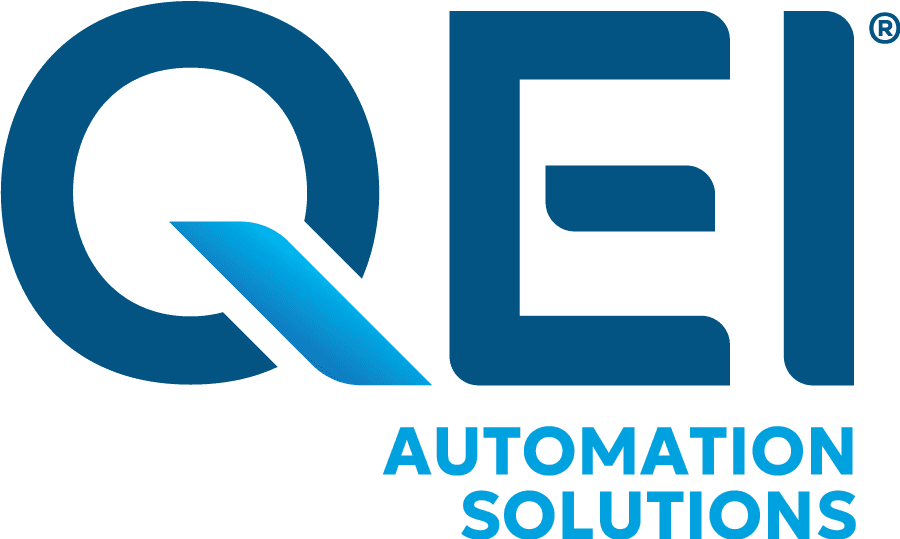
Leveraging Automation for Optimizing Utility Operations
In the world of utility management, the integration of automation has emerged as a transformative force, revolutionizing how utility infrastructures are used and optimized. Automation technologies have become indispensable tools, enabling utilities to enhance efficiency, reduce costs, and improve overall performance. In this blog post, we delve into the pivotal role automation can have in optimizing utility operations.
Real-time Monitoring and Control
Automation systems enable real-time monitoring and control of utility infrastructure. By leveraging sensors, Internet of Things (IoT) devices, and advanced analytics, utilities can gather data on asset performance, energy consumption, and operational metrics. This real-time visibility empowers decision-makers to make informed choices, identify areas for improvement, and respond swiftly to changing conditions, thereby optimizing asset utilization, and minimizing downtime. Many utilities worldwide have adopted real-time monitoring and control systems to enhance their operations.
Predictive Maintenance for Enhanced Reliability
One of the key challenges in utility operations is maintaining infrastructure reliability while minimizing downtime and costs. Automation plays a crucial role in predictive maintenance, leveraging data analytics and machine learning algorithms to predict equipment failures before they occur. By implementing proactive maintenance strategies based on predictive insights, utilities can extend asset lifespan, reduce unplanned outages, and improve overall system reliability.
Studies suggest that implementing predictive maintenance strategies can increase asset lifespan by up to 20-30% on average, depending on the asset type and other factors. With predictive maintenance, some utilities have reported a reduction in unplanned outages of 50-70%. This can vary depending on the type of system, the complexity of the network, and how well predictive maintenance is implemented.
A study by Navigant Research predicts that global spending on predictive analytics for asset maintenance in the utility industry will reach $11.2 billion annually by 2026.
Optimized Resource Allocation
Effective resource allocation is essential for utility operations, ensuring that personnel, equipment, and materials are utilized efficiently. Automation systems facilitate optimized resource allocation by providing real-time data on asset performance, workload analysis, and workforce productivity. This data-driven approach enables utilities to allocate resources based on priority, demand fluctuations, and operational requirements, leading to cost savings and enhanced productivity.
A report by McKinsey estimates that IoT and AI applications could generate up to $300 billion in annual value for utilities globally by 2030, with automation playing a key role in unlocking this value.
Efficiency Enhancement Through Automation
One of the primary advantages of automation in utility operations is its ability to streamline processes. Tasks that were once manual and time-consuming can now be automated, freeing up valuable resources and allowing personnel to focus on more strategic initiatives. Whether it’s meter reading, data analysis, or maintenance scheduling, automation ensures accuracy, consistency, and speed, leading to significant efficiency gains.
Enhanced Customer Experience
Automation not only benefits internal operations but also contributes to an enhanced customer experience. Automated meter reading, billing processes, and customer service systems streamline interactions, reduce errors, and improve response times. Additionally, automation enables utilities to offer innovative services such as demand response programs, energy usage insights, and personalized recommendations, fostering greater customer satisfaction and loyalty.
Automation has become a cornerstone of modern utility operations, offering a multitude of benefits ranging from efficiency and reliability to enhanced customer experience. By leveraging automation technologies effectively, utilities can optimize operations, reduce costs, and pave the way for a more sustainable and resilient energy infrastructure. Embracing automation is not just about staying competitive—it’s about shaping the future of utilities for the better. Utilities that embrace automation will gain a competitive edge and thrive in an increasingly digital landscape.
Are you interested in adding automation to your infrastructure?
QEI offers comprehensive generation and distribution automation solutions through hardware, software and service offerings enabling utilities and transits to modernize current infrastructures.


